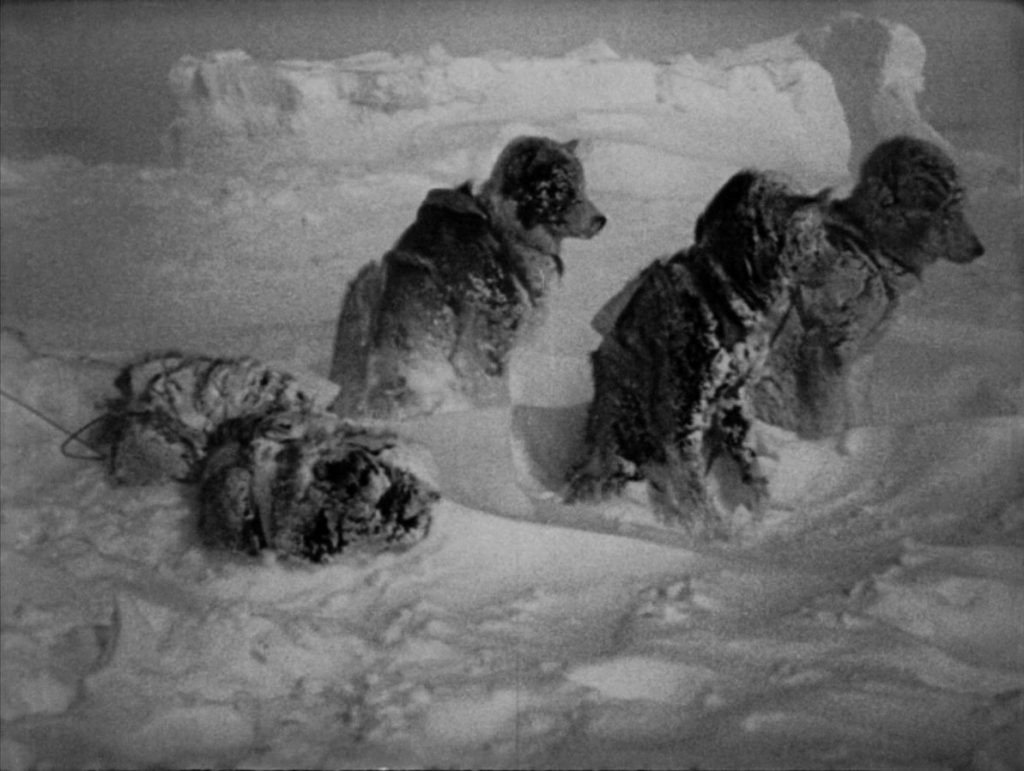Patrick Holzapfel
– As Christophe Dupin, Senior Administrator of FIAF, tells us before the screening, Film and Reality (1942) is usually considered a film made by Alberto Cavalcanti but shot lists and other working documents of the making of the compilation film show that film archivist and educator Ernest Lindgren worked at least as much on it as the Brazilian-born former head of the GPO Film Unit. However, it is of interest that Cavalcanti’s autobiography, published in 1977 in Rio de Janeiro is also called Film and Reality.
– Ernest Lindgren was founder and first curator of the British Film Institute’s National Film Library (now the BFI National Archive). In the pioneer years of FIAF Lindgren often got into conflict with Henri Langlois. A fictional letter exchange based on real writings tells this story: “With respect, your passion was sometimes difficult to handle within the context of diplomacy. I remember at conferences that you would drown your listeners in an avalanche of impassioned French which we couldn’t always understand.“

– Film and Reality is considered one of the first films produced by a film archive and one of the first compilation films. Predecessors are, for example, Drawings That Walk and Talk (1938) and even much earlier a film we are going to see during this retrospective, Thirty Years of Motion Pictures (1927).
– The film also works as a personal essay. It is personal in the sense of a passion for certain ideas about cinema already reflected in the title: The relation of reality and film. The chosen excerpts and the commentary reflect this subjective meandering through film history. It is also personal in the sense that clips from Cavalcanti’s own work are included and the developments in the field of documentary lead to a British school that is not only heavily featured but also praised by this very British film. In Vienna we know this kind of canon formation that never shies away from (justified) self-praise.
– On a related note it becomes already quite clear on the second day that many archives might have been tempted to bring films to the retrospective that reflect their work as an archive.
– It is fascinating to see a pre-Bazinian and pre-Neorealist idea of reality in cinema. Sergei Eisenstein, for example, is considered a realist by Cavalcanti and Lindgren.
– Even more fascinating is how close to current ideas in film studies the chosen films and theoretical ideas were already in 1942. The canon established by Cavalcanti and Lindgren here, is not a distant echo from the past. It provokes the question if the canon we have today was already formed by them.
– It is also a film with and about commentary. In the beginning the more or less funny commentary of the film makes us very aware of its function. When in later clips from films of Flaherty or Basil Wright commentary is missing, we immediately feel something we might, with a very problematic term, call “unfiltered reality“.
– One of the many great thoughts expressed in the film is about the importance of water in realist filmmaking. It is said that its movement mirrors a nature we can not tame. Such a thought is also apparent when Cavalcanti and Lindgren choose a clip from a Percy Smith film and end with the blossoming of a dandelion that can not be stopped by human beings.
– The film is structured in five chapters. My favourite is clearly about the romantic documentarists. A genre that has, with a few exceptions, gone missing or at least it has been swallowed by very specific ideas about it on film festival circuit.
– Film and Reality reminds us of what cinema can be like. There is not much more one can ask for.
More on Forever Film